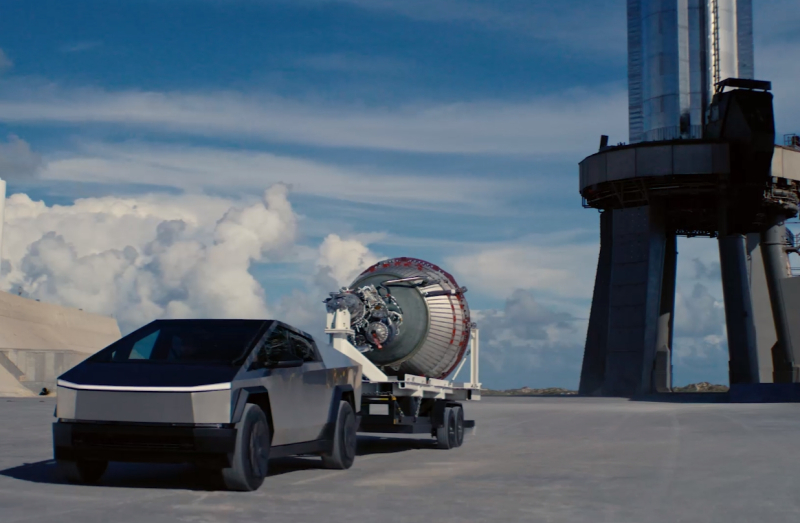This year, Tesla was forced to lay off several thousand employees, but an analysis of job advertisements published in recent weeks makes it clear that it is ready to attract new specialists in priority areas of development. The total number of active Tesla vacancies in the United States has reached 800 positions, as Bloomberg notes.

Image Source: Tesla
Faced with falling demand for electric vehicles in much of the world, Tesla this year was forced to lay off about 28,000 employees out of its 140,000 employees at the beginning of the year. The decline in production activity, however, does not mean that the company does not need specialists in certain areas of business that it considers a priority at this stage of its development.
Thus, Tesla now has at least 25 vacancies related to the development of active driver assistance systems, and another 30 positions should be filled by specialists in one way or another related to the development and production of Optimus humanoid robots. In principle, almost 100 new employees are required even for existing production lines, but the greatest need for personnel is observed in the service sector of the brand’s electric vehicles, which requires 268 specialists. Of these, 77 positions relate directly to the position of mechanics at branded car services. Only 60 people are required for sales and technical support.
Companies that are in one way or another associated with Elon Musk compete for the most valuable personnel. In April, he was forced to admit that he had increased the salaries of those developers of artificial intelligence systems who planned to move from Tesla to the xAI startup, recently founded by Musk. Geographically, Tesla is now most actively hiring specialists in California, where its research centers are located. The decline in demand for electric vehicles has also allowed the company to focus more on developing its stationary energy storage business. Recruitment is also carried out in this area. The company had to partially return the team associated with the development of the Supercharger network of branded charging stations, which Musk suddenly cut earlier.